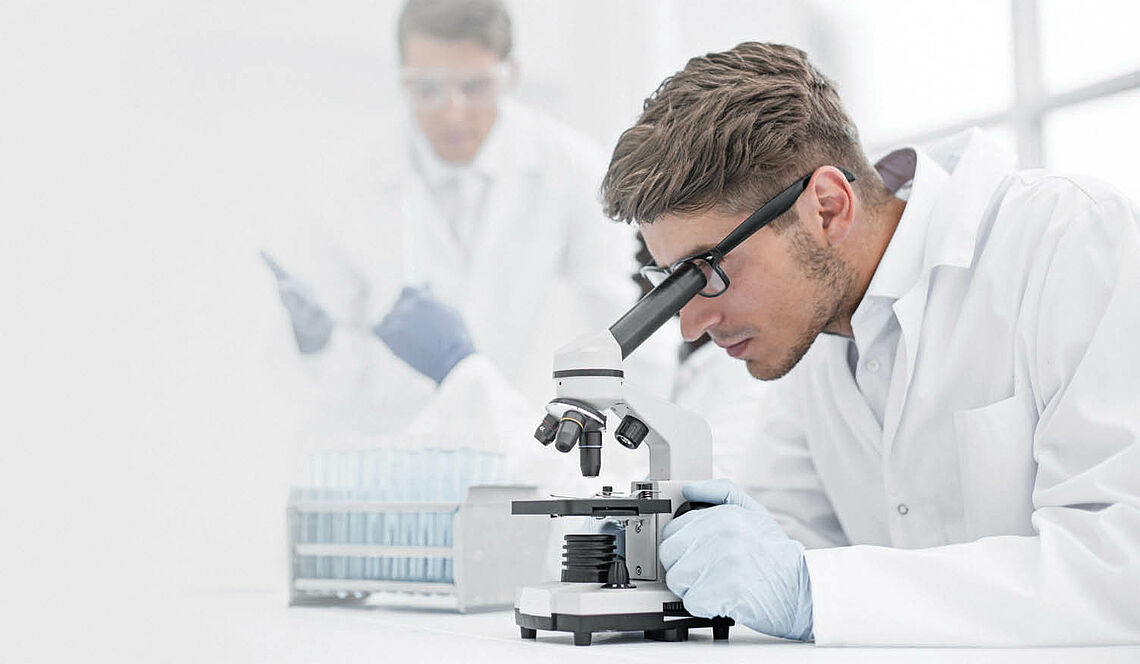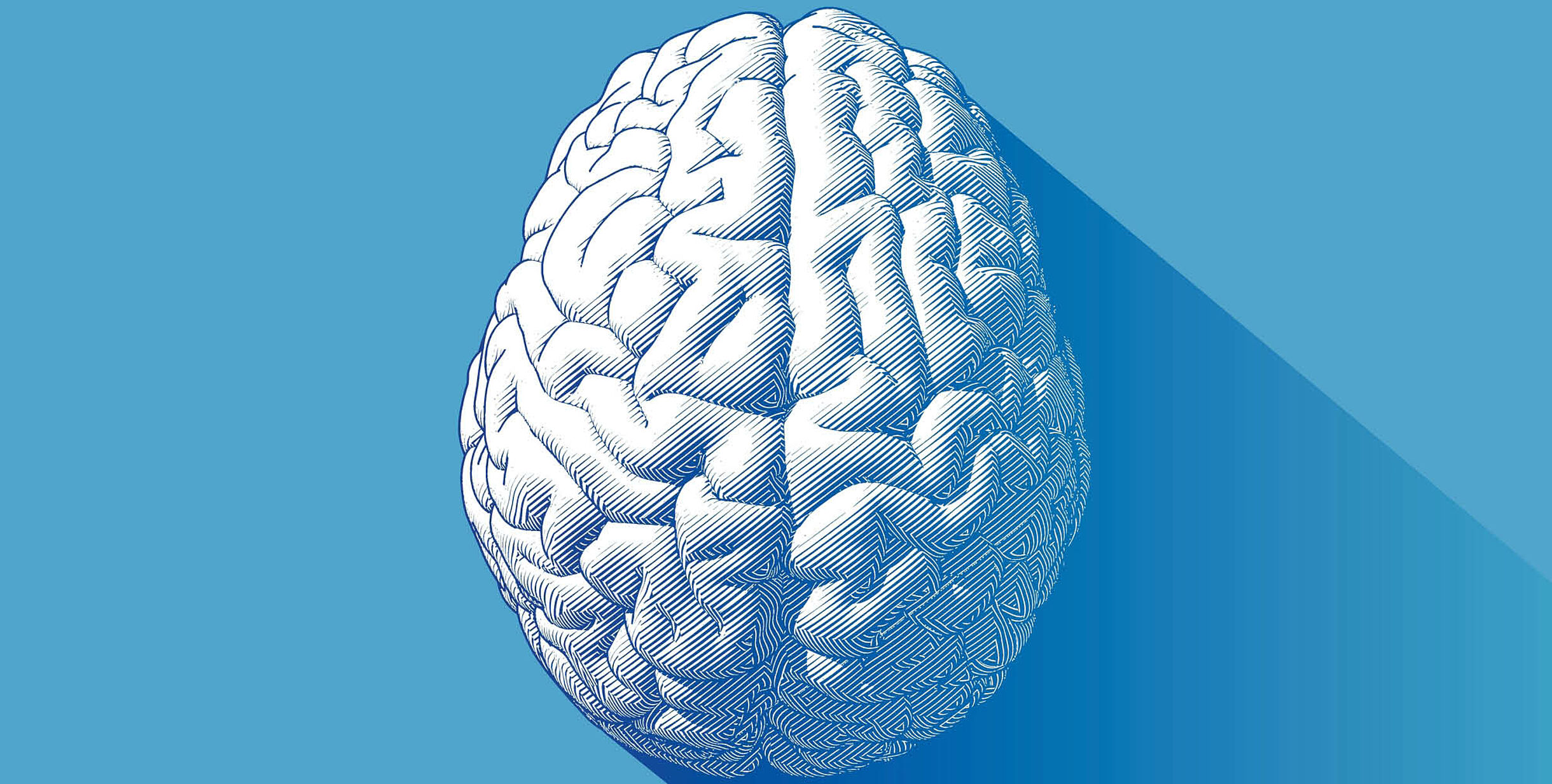For many diseases of the brain, there are no suitable drugs - and if there are, they rarely reach their destination. Why? The blood-brain barrier regulates exactly what is allowed into the brain and what is not. A team of researchers at AIT is developing new ways to overcome this biological barrier.



